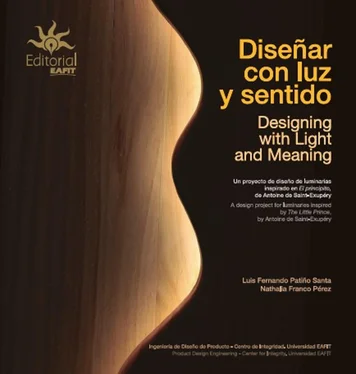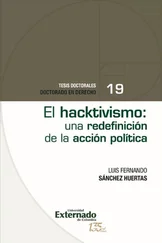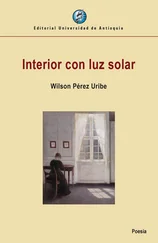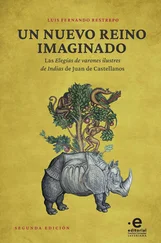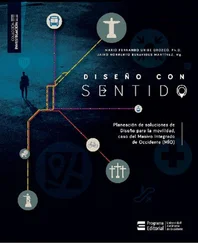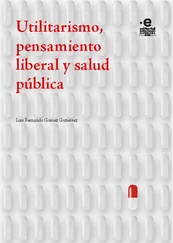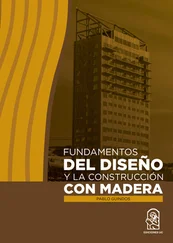However, not everyone who chooses this challenging profession is passionate about what they do, nor are they in their element, precisely because they do not find their “element” as Ken Robinson (2009) says. Those who insist on this career, need a stimulus, a trigger that awakens them, so they realize that designing is a demanding and exacting task. It requires extreme altruism, because true design takes others and their needs into account. This is how students can measure their passion for product design engineering. They need a reality check; they need to put their feet on the ground and understand what it means to be a design engineer and develop that awareness.
The day to day tasks faced by students in universities are: to discover the passion necessary to design, to understand and develop the engineer’s and designer’s own skills, to go inside and understand the meaning of the profession. The way to ease this situation is not found in an instruction manual. The newcomers must be accompanied as they find their way, and it cannot be assumed that the professors are enthusiastic about helping them. It is a challenge for both professors and students. When he did not understand a topic in his undergraduate calculus course, the son of Juan Diego Ramos, the great professor and founder of PDE in EAFIT said, “Dad, I don’t have a problem with calculus, calculus is cool; what really is terrible is when a bad professor interferes between calculus and me.” This is where professors must leave their comfort zone and understand that they must take a step forward and propose strategies to teach design, so that students are motivated to learn from something more than the rules and the methods of design when creating a new product. Teaching design is not only transmitting methodologies and steps. We must also discover what moves professors to educate in design. Why do they do it? What does it mean? They need an inspiring starting point for themselves and for their students. The bait needs to be put out for the mouse, but ordinary cheese will not suffice. The most refined and most exquisite cheese must be found: a cheese worthy of a Ratatouille.
In design and engineering products should be created in light of an inner reflection, their raison d’etre, the reason they are truly necessary for human beings. Therefore, a proposal for design exercise should balance aspects such as level of complexity, motivation, capacity to carry it out, integration of disciplines and self-reflection when designing. In this way, professors in this area face the biggest design problem of all: creating strategies for students to learn to design by giving the best of themselves or at least facing their weaknesses and improving each time they try. Adequate reading, the precise tool, and the correct intervention allow the students to transform themselves in the midst of what they do and think. In this vein, as José Antonio Marina says, we are helping to define the human species. How is this accomplished? How can students connect with a design problem and ask themselves questions about the meaning of their profession and their life? How can they become critical, self-critical, reflective, and make their learning imbued with meaning?
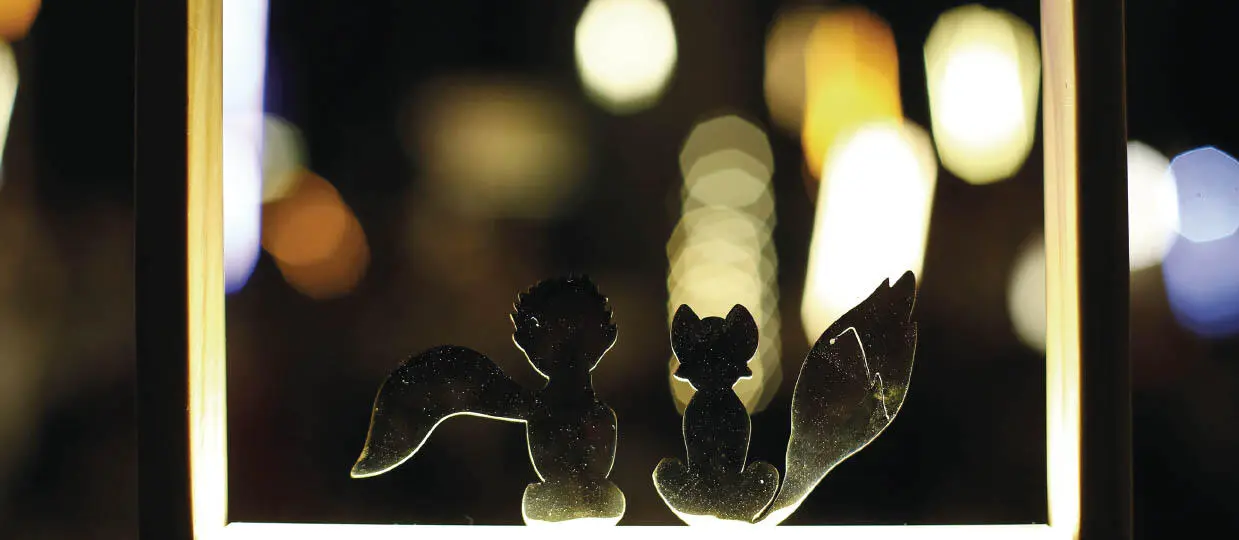
Planning the Pedagogical Strategy:Designing with the Intangible
In Project 2 the students develop two furniture projects during the semester. This is done in order to start using design tools in the process and strengthen concepts such as utility, firmness and beauty, based on Vitruvio’s maxims: Firmitas, Utilitas, Venustas . In the initial six-week project, the students are faced with a lighting challenge: they must design a 1.60 m high standing luminaire.
What is a luminaire? A luminaire is a set of elements that transform the source of light, which can include lamps or light bulbs. In our case, it goes beyond designing a floor lamp. 1 A standing luminaire is designed because it transforms the source of light that is used (LED tape) and is made up of a base, a body and a finial.
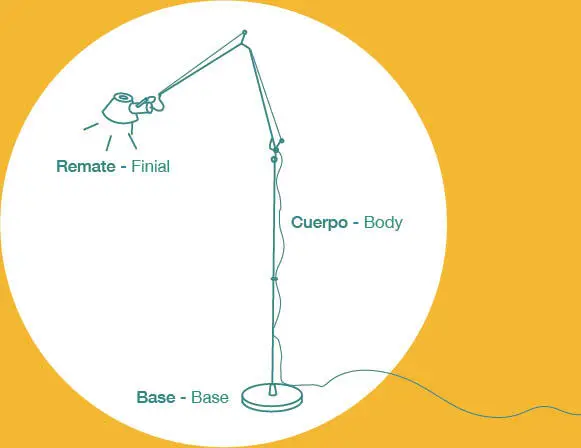
The parts of a standing luminaire
Why are the students faced with designing a standing luminaire? Because it is an object that requires the student to demonstrate knowledge about materials, structures, assemblies, manufacturing processes and functionality. Its difficulty can be addressed in a freshman year semester and thus involves different areas of learning such as visual representation, the development of models, the application of physical principles, and a design methodology to reach a final result. But it does not end there; the exercise requires addressing immateriality. In the book, How to Design a Lamp? (2016), by the London Design Museum, this concept is explained: “Light occupies a space and exists as a medium that discovers and describes that space. The lamp produces light, which cannot be touched but has a deeply emotional presence.”
In this vein, the product permeates the students’ imaginations as a project with the perfect balance between the advanced and the basic, between design and engineering, between the rational and the emotional. It is used as an initial exercise to train product design engineers. This individual exercise has been present since 2016 and at the end of each semester the results are displayed in an event called, The Light Is On. The event integrates music, visual experience and the staging of the works developed by the students. The event was created with the idea of motivating the students to have the university community participate in their design proposals.
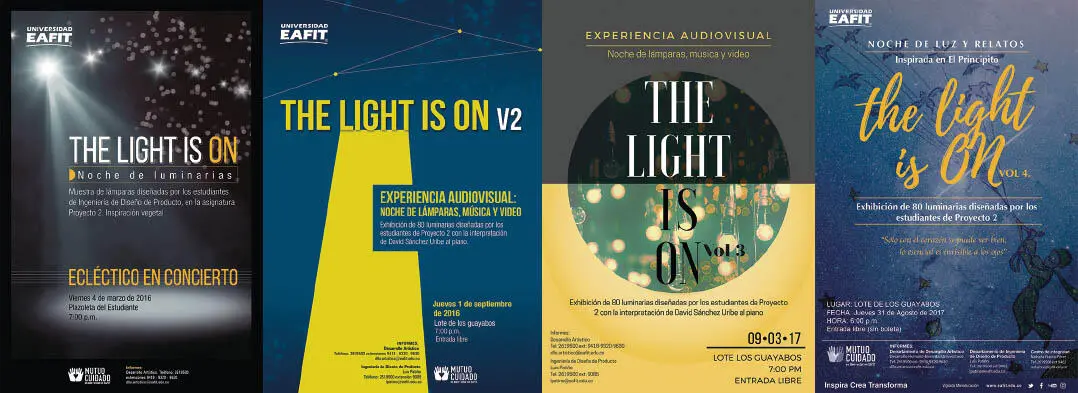
Posters of the 2016 and 2017 events
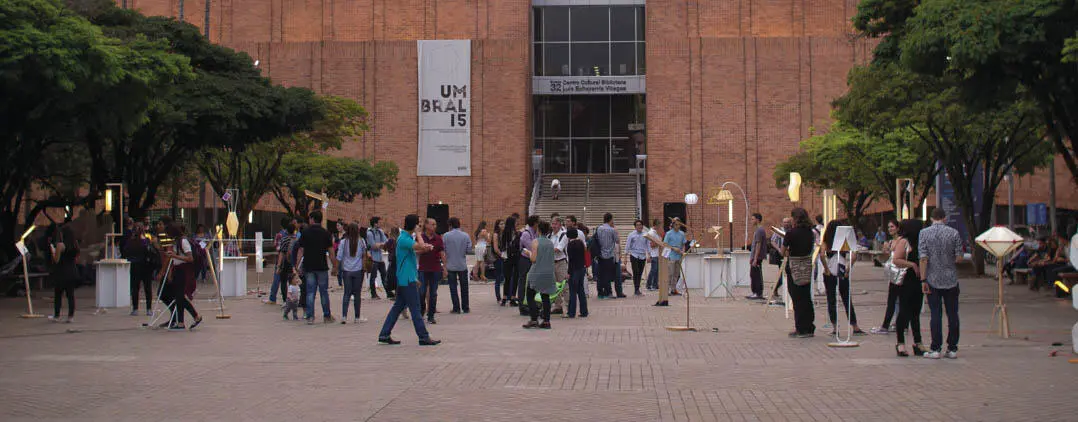
First The Light Is On event in 2015
Additionally, in six weeks the exercise allows the students to create a functional model that entails an implicit challenge: the luminaire must turn on and the students will have to test the final result. It is one thing to create the lamp and quite another to make it, which is a process that constitutes the basic principle of innovation (Robinson and Aronica, 2009). But why is it so motivating to design a lamp?
Well, we have to start by saying that the brief poses a difficult exercise to copy because there are very few examples in search engines like Google or Pinterest for the category “floor lamp + light source with LED tape”. Students must design the luminaire from scratch. The first time the challenge was proposed in 2016, they had to be inspired by nature, and in the second and third versions the architects of the world were their source of inspiration. Each one worked in a particular language or style that allowed them to reach different results. In addition, the light source with LED tape implies a greater challenge, because most of the existing lamps on the market use spherical or tubular bulbs.
The budget limit and the use of materials such as pine, steel and paper also make it possible for the project to be built in a week, once the entire design is complete. These conditions force the students to use the available resources in the best way, while they advance in the exercise and decide what factors will allow the lamp to be stable, firm, useful and beautiful. The students become witnesses to what happens when following the methodology.
Читать дальше
